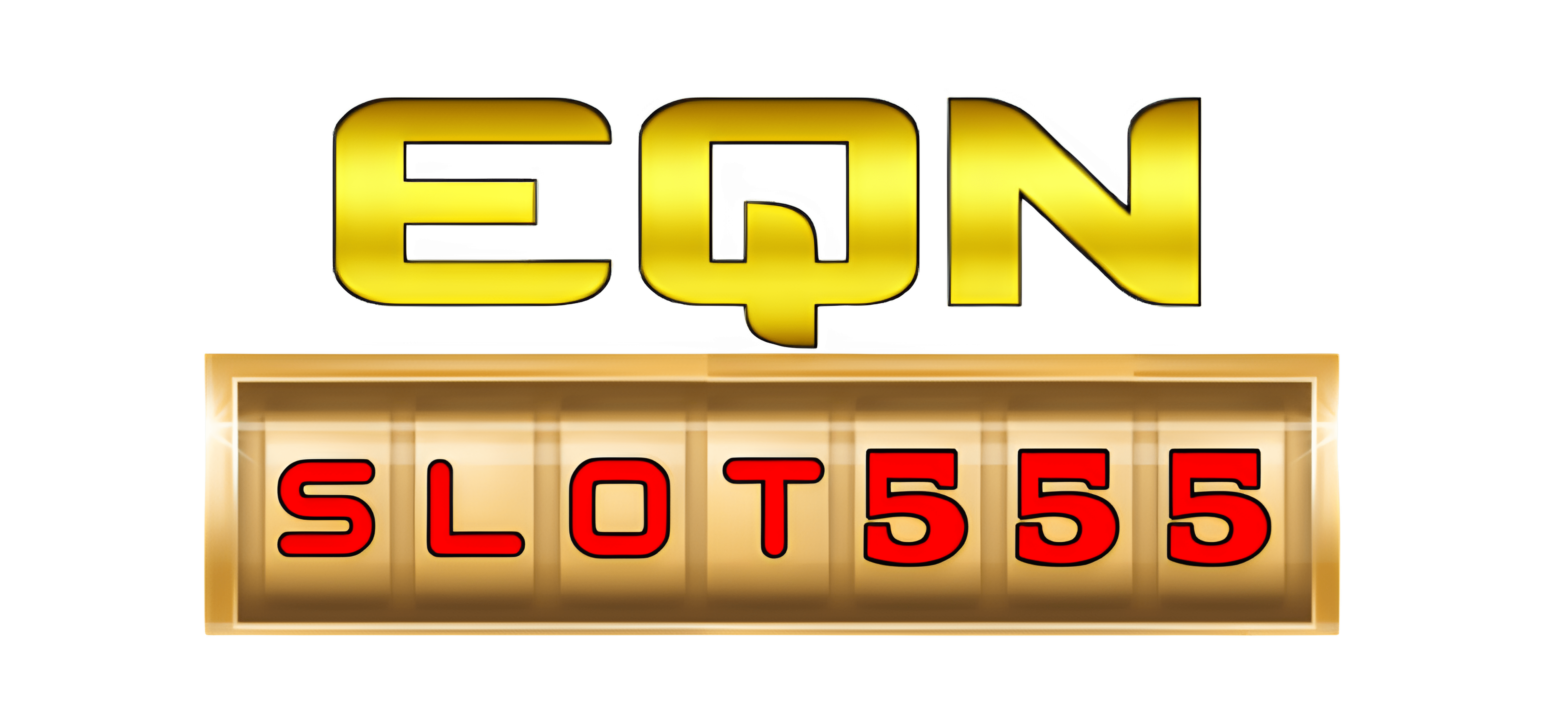Search engines use complex processes and criteria to rank results, aiming to provide users with the best search experience. The term “SEO” can also refer to a person, such as a “search engine optimization expert” or similar. Meta tags are like little information cards for your website that you share with search engines and visitors.
Search Everywhere Optimization
- They have a newsletter, partner with other brands in the space, and have social media accounts with 1M+ followers.
- There’s nothing worse than pushy salespeople, which is why we don’t employ any.
- Search engines like Google are constantly scanning the internet for websites and then using an algorithm to rank those websites by relevance in an index.
- On-page SEO refers to actions you conduct on your website to improve its ranking.
- With a team working non-stop on improving Google’s search engine, the focus moved from factors like keyword density to user experience and high-quality content.
And if you’re looking for an A-Z course on how to do editorial SEO (for SaaS and media companies), you can check out my Content Marketing Course. If my course isn’t relevant to you, I also have a list of some other SEO courses you can check out as well. They’re prioritizing editorial content over programmatic content. As G2 declines, companies like Efficient App are replacing them in the SERPs (search engine results pages). This has allowed G2 to create such a profitable media business through their own software product and ads/partnership network that they hit $100M+ in revenue back in 2024.
Key Elements of a Successful SEO Strategy
For example if you’re writing a page that will appear on a blog internal to your website, you could use a URL slug that reflects your site hierarchy. On this page, squarespace.com/blog/on-page-seo indicates that this page lives on the website’s blog and is focused on on-page SEO as a topic. Add your relevant H2s, H3s, and further headings using both primary and secondary keywords where applicable. Make sure your content is both valuable and unique for readers, and that it matches their search intent—what they’re looking to get out of visiting the page.
You’ll want to build a solid SEO marketing strategy considering these digital advertising trends. Using one, you can rank well in search results and attract more organic traffic to your site, meaning people find and click on your content without paid ads. Think seamlessly weaving in those keywords, fine-tuning meta tags, and structuring your content to charm both users and search engines. This type of SEO focuses on both the page’s content and HTML source code, including title tags, header tags, and meta description, so that it appeals to web users and search engine crawlers.
Search engines display the first 50–60 characters of the title tag. It will improve your search rankings on a SERP, and also maintain the integrity BHS Links of your website. You can start with basics like keywords and gradually explore advanced topics. Continuous learning and practical application are essential for proficiency. Here’s how you can create effective meta descriptions that can lead to increased search traffic. In simpler terms, crawling is the exploration process, and indexing is the organization process.
This article defines SEO marketing, explains why it’s important, and offers five steps you can take now to improve your site’s SEO and start seeing results. If you see any issues listed, I recommend getting those fixed ASAP. Now that Google uses a mobile-first index, problems with your site’s mobile usability can directly impact rankings. For example, one of the goals with my guide to learning SEO was to promote some of my older posts. The truth is, unless you already have a massive audience, you need to hustle to get the word out about your new content. And in this section you’re going to learn how to get eyeballs on your content.
